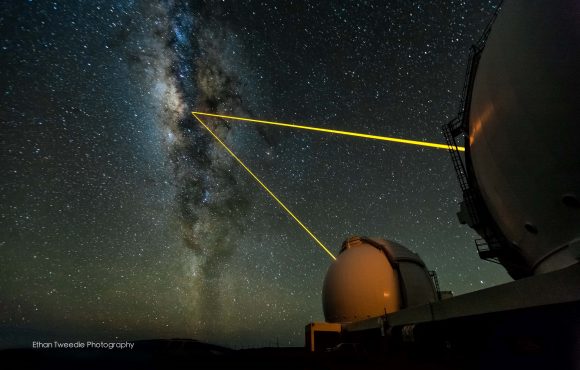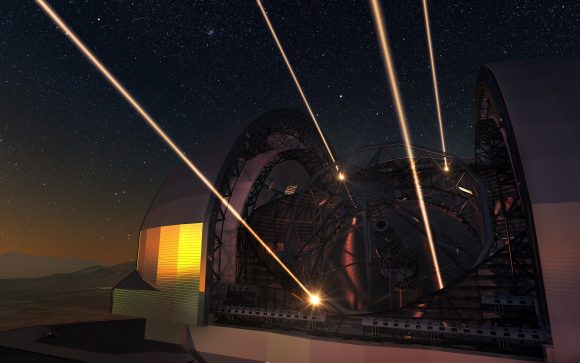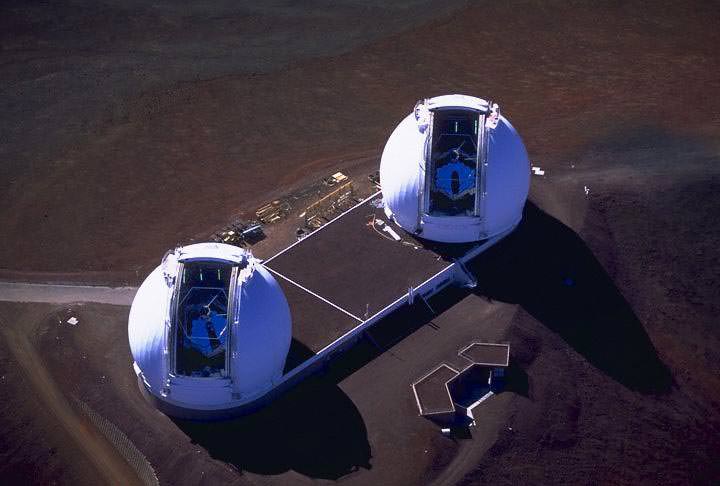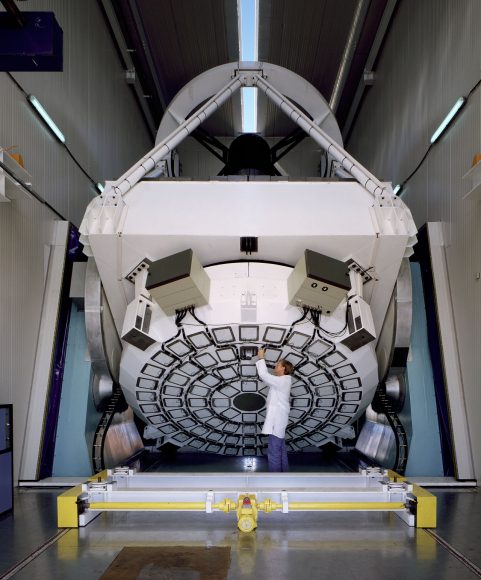For astronomers and physicists alike, the depths of space are a treasure trove that may provide us with the answers to some of the most profound questions of existence. Where we come from, how we came to be, how it all began, etc. However, observing deep space presents its share of challenges, not the least of which is visual accuracy.
In this case, scientists use what is known as Active Optics in order to compensate for external influences. The technique was first developed during the 1980s and relied on actively shaping a telescope’s mirrors to prevent deformation. This is necessary with telescopes that are in excess of 8 meters in diameter and have segmented mirrors.
Definition:
The name Active Optics refers to a system that keeps a mirror (usually the primary) in its optimal shape against all environmental factors. The technique corrects for distortion factors, such as gravity (at different telescope inclinations), wind, temperature changes, telescope axis deformation, and others.

Adaptive Optics actively shapes a telescope’s mirrors to prevent deformation due to external influences (like wind, temperature, and mechanical stress) while keeping the telescope actively still and in its optimal shape. The technique has allowed for the construction of 8-meter telescopes and those with segmented mirrors.
Use in Astronomy:
Historically, a telescope’s mirrors have had to be very thick to hold their shape and to ensure accurate observations as they searched across the sky. However, this soon became unfeasible as the size and weight requirements became impractical. New generations of telescopes built since the 1980s have relied on very thin mirrors instead.
But since these were too thin to keep themselves in the correct shape, two methods were introduced to compensate. One was the use of actuators which would hold the mirrors rigid and in an optimal shape, the other was the use of small, segmented mirrors which would prevent most of the gravitational distortion that occur in large, thick mirrors.
This technique is used by the largest telescopes that have been built in the last decade. This includes the Keck Telescopes (Hawaii), the Nordic Optical Telescope (Canary Islands), the New Technology Telescope (Chile), and the Telescopio Nazionale Galileo (Canary Islands), among others.
Other Applications:
In addition to astronomy, Active Optics is used for a number of other purposes as well. These include laser set-ups, where lenses and mirrors are used to steer the course of a focused beam. Interferometers, devices which are used to emit interfering electromagnetic waves, also relies on Active Optics.
These interferometers are used for the purposes of astronomy, quantum mechanics, nuclear physics, fiber optics, and other fields of scientific research. Active optics are also being investigated for use in X-ray imaging, where actively deformable grazing incidence mirrors would be employed.
Adaptive Optics:
Active Optics are not to be confused with Adaptive Optics, a technique that operates on a much shorter timescale to compensate for atmospheric effects. The influences that active optics compensate for (temperature, gravity) are intrinsically slower and have a larger amplitude in aberration.

On the other hand, Adaptive Optics corrects for atmospheric distortions that affect the image. These corrections need to be much faster, but also have smaller amplitude. Because of this, adaptive optics uses smaller corrective mirrors (often the second, third or fourth mirror in a telescope).
We have written many articles about optics for Universe Today. Here’s The Photon Sieve Could Revolutionize Optics, What did Galileo Invent?, What did Isaac Newton Invent?, What are the Biggest Telescopes in the World?
We’ve also recorded an entire episode of Astronomy Cast all about Adaptive Optics. Listen here, Episode 89: Adaptive Optics, Episode 133: Optical Astronomy, and Episode 380: The Limits of Optics.
Sources:


